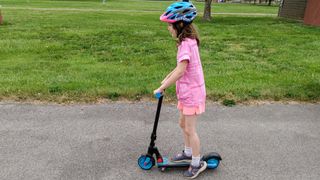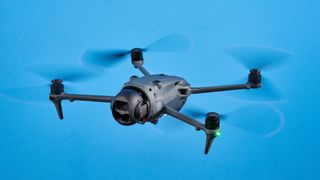gadgets
Latest about gadgets

These are the best electric scooters we've tested for commutes, hill rides and grocery runs
By Mike Prospero published
Here are our top picks for the best electric scooters for adults, kids and commuters.
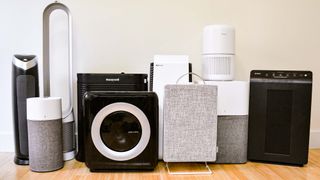
We spent over 800 hours testing the best air purifiers — here are our top 5
By Cynthia Lawrence last updated
We tested a range of models to find the best air purifiers to suit every budget and room size.
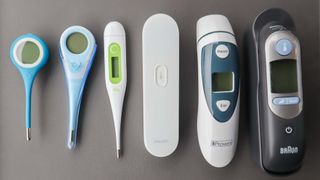
Best thermometers in 2025: tested and rated
By Camilla Sharman last updated
Looking for the best thermometers? We’ve tested a range of forehead, oral and in-ear designs to find the winners.
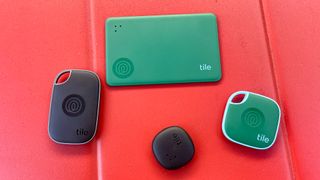
Best key finder in 2025: AirTag vs. Tile vs. SmartTag vs. Chipolo
By Philip Michaels last updated
These are the best key finders and Bluetooth trackers for finding lost keys, wallets, phones or anything else that is easily misplaced.
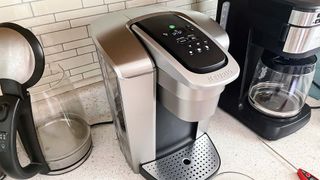
Best Keurig coffee maker in 2025
By Kevin Cortez last updated
We tested and compared the latest models to find the best Keurig coffee makers.

Samsung's latest smart home product is a $1,000 AI-powered water purifier
By Grace Dean published
Samsung's new Bespoke AI Water Purifier can filter and dispense your water without you having to lift a finger.

Best smart air conditioners in 2025
By Mike Prospero last updated
The best smart air conditioners fit in your window and can be controlled from your smartphone or with Alexa and Google Assistant.

You don't need a SodaStream — this new $54 gadget attaches to your water bottle, and can make fizzy drinks on the go
By Grace Dean published
The AerFlo For is a soda drink lover's dream. For just $54, your HydroFlask can turn your still drink into a bubbly one with this smart and sustainable gadget.
Here at Tom’s Guide our expert editors are committed to bringing you the best news, reviews and guides to help you stay informed and ahead of the curve!
